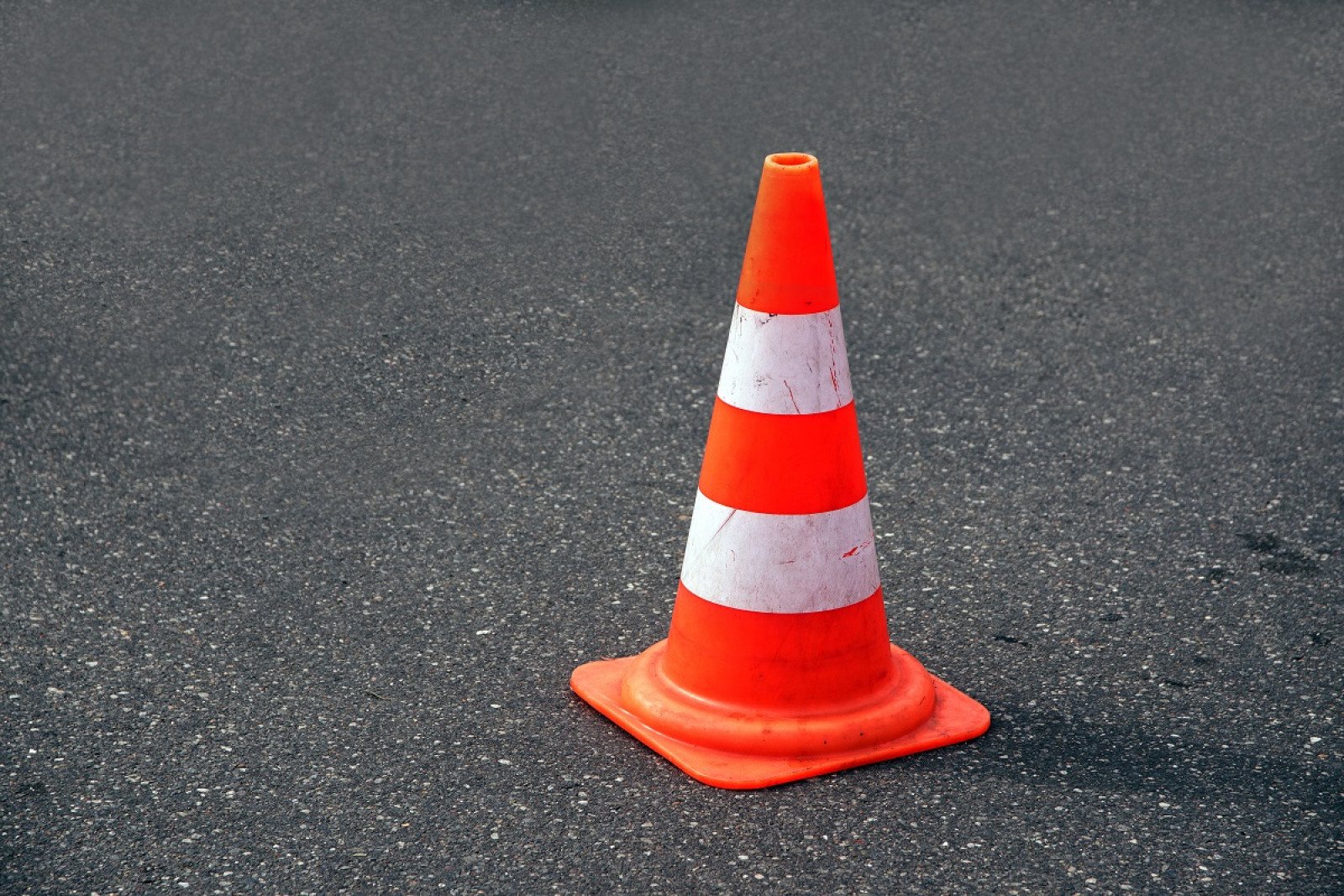
Overview
Challenge students to test their understanding of electricity and electrical hazards by completing a true or false quiz and comparing their answers with a partner. Remind your class that preventing accidents is about recognizing hazards and taking action to avoid dangerous situations.
Instructions
What you'll need
- "Test your safety smarts" worksheet
- "Test your safety smarts" answer key
- Introduce electrical safety. Start by having a discussion with your class about their experiences with electrical hazards:
- Has anyone been hurt by electricity?
- What happened? How did it happen?
- What did they do after?
- Challenge students to decide if the statements on the "Test your safety smarts" worksheet are true or false. Some of the statements are worded to challenge their logic.
- Have students complete the questions on their own, then discuss with a partner to reach a consensus on any statements they answered differently.
- Students get a point for every correct answer (see answer key) and a bonus point if they were right and convinced someone else to change their answer when they compared with a partner.
- Discuss as a class.
Curriculum Fit
Grade 9 Science
Content
- Voltage, current, and resistance
Curricular Competencies
Applying and innovating
- Transfer and apply learning to new situations
Assessments
- Review and assess the students’ "Test your safety smarts" worksheet for completeness and accuracy.
- Review and assess the students’ participation in the partner and group discussion, including their willingness to contribute ideas and opinions.
Teaching Notes
Electricity awareness
- Electricity will take all paths to reach the ground (not just the quickest path).
- Anything can be a path for high voltage electricity that is carried in power lines above or underground, or within pad mount transformers.
- Electrical contact can cause electric shock, which prevents a person from moving to disconnect from the electricity, and can cause serious internal injuries, burns or electrocution.
- Electrocution is the term used for a death caused by electrical contact.
- Touching anything connected to live electricity can provide a path to ground (e.g. touching a tree or ladder that becomes energized by electricity creates a path to ground through the person). This is called touch potential.
- Electricity moves from high to low concentrations and spreads away from a point of contact on the ground in concentric circles. If a person is standing with one foot on an energized piece of ground and the other foot on a less energized piece of ground, electricity will move through the person. This is called step potential.
- Shuffle or hop away from electrically charged ground (10 metres from point of contact)
- Shuffle with feet close together. The heel of the front foot should not pass the toes of the back foot.
- Water is an excellent conductor of electricity. Water and electricity do not mix.
- High voltage electricity can move through all types of materials including metals, wood, rubber and soil.
Rules to stay safe
- Always assume that downed or damaged power lines are live, even if they’re not sparking or making any sound.
- If you come across a downed or damaged line, stay back at least 10 metres (the length of a bus) and dial 911 to report.
- Remember these three words: Down. Danger. Dial. If you see a downed power line, it is dangerous. Stay back and dial 911.
BC Hydro outages and safety is a great source for additional safety information.







